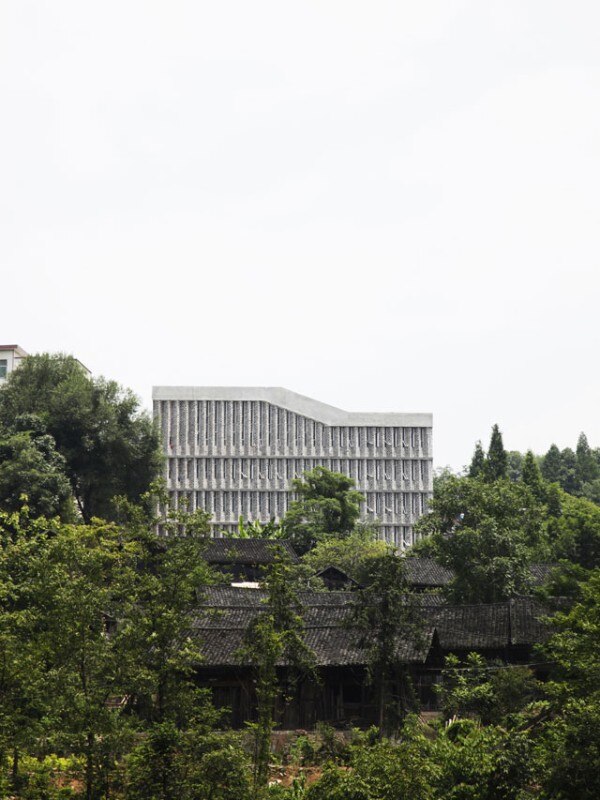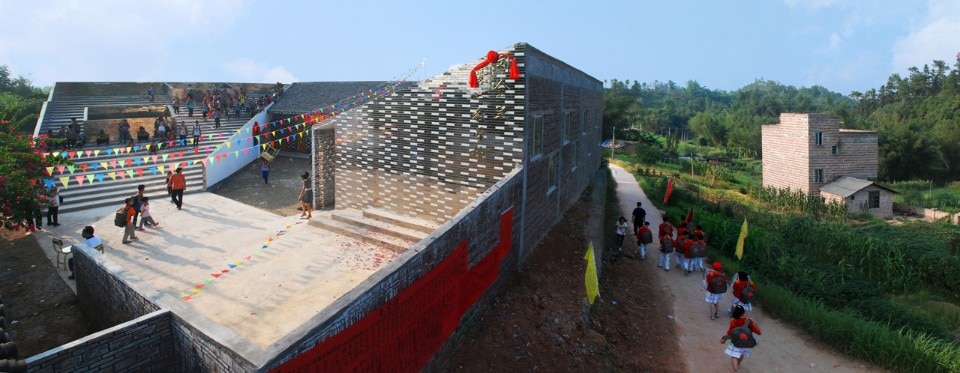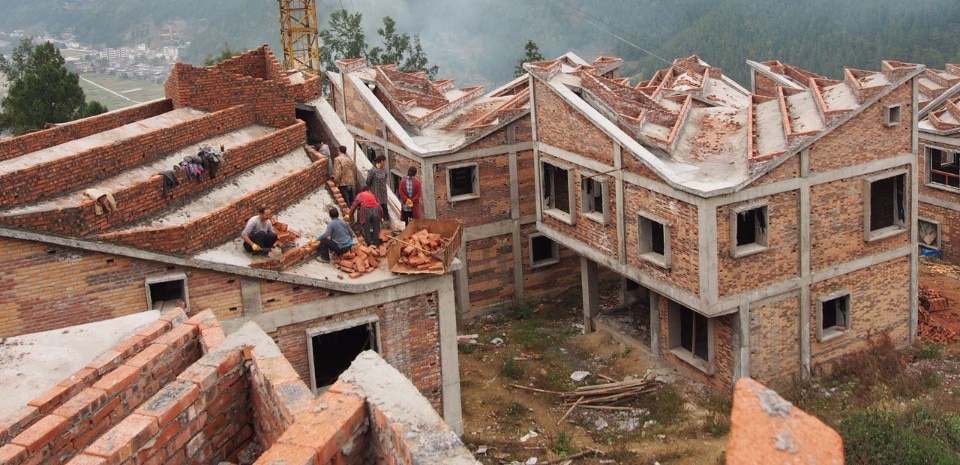
“The work of RUF is addressing one of the most urgent current geopolitical issues, how to deal with the imbalances created by large mass migrations,” said Emiliano Gandolfi, the Prize Director. “Their work is exemplifying how architecture should establish a dialogue with the community and the environment in order to built structures that respond to their changing needs.”
China is undergoing an unprecedented migration from rural villages into urban cities. In 1980, approximately 80 percent of all Chinese lived in villages. Today, more than half of the population lives in cities. This trend is expected to accelerate under a government plan to move an additional 250 million rural residents into cities by the year 2025. As a result, China loses approximately 300 villages every single day, according to research by Tianjin University.


To date, Rural Urban Framework has worked in 18 rural villages in China areas that are about to undergo major transformation. The firm works in a collaborative and participatory manner with the local inhabitants. The scales of the projects vary, from small interventions, such as bridge‐building and construction of prototype housing, to designing and planning entire villages.
The firm, which currently has four designers, including co-founders sees China as “an ideal laboratory” to explore the future of architecture and design. “In China and the world, we live in an urban age, but we believe its future course is intertwined with the fate of the rural,” states John Lin, co-founder, Rural Urban Framework.







